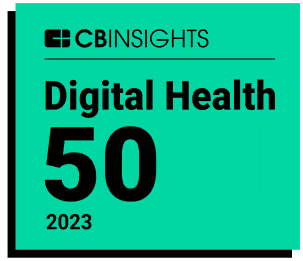The landscape of Medicare Part D prescription drug benefits is undergoing significant changes due to the Inflation Reduction Act (IRA), which aims to make medications more affordable for patients. One key aspect of this change is the shift in financial responsibility during the catastrophic phase of coverage from patients to health plans. This shift is expected to increase the liability for health plans and consequently, may lead to higher premiums for members.
The Centers for Medicare and Medicaid Services (CMS) partially funds the Part D program through subsidies to health plans which are risk adjusted to reflect patient health status. The prescription drug hierarchical condition categories (RxHCC) model for risk adjustment is used to assess and adjust the clinical risk associated with patient health statuses and their prescription needs.
With the IRA's implementation, it is more important than ever that health plans accurately represent patient health statuses through accurate RxHCC coding. This coding ensures that health plans can offset the increased liabilities by obtaining higher subsidies, which are essential for maintaining the financial viability of prescription drug plans (PDPs) and Medicare Advantage prescription drug plans (MAPDs).
As the importance of accurate RxHCC coding grows, so does the need for technology that can support this complex process. Recognizing this, Navina has introduced robust support for the RxHCC V08 risk adjustment model, enhancing our AI-powered solution to assist clinical staff in managing these complexities effectively.
Navina’s solution helps clinical staff manage the intricacies of multiple risk models, including capturing unique diagnoses that carry RxHCC weight. Navina also reconciles diagnoses relevant for both CMS-HCC and RxHCC models as a unified Diagnosis Insight suggestion, ensuring that health plans and providers can seamlessly navigate those risk models.
By integrating advanced AI-driven solutions, Navina enables risk-bearing organizations to implement effective coding initiatives and training programs. These tools help ensure that conditions contributing to Part D risk scores, such as diabetes, hypertension, and cancer, are accurately coded. As a result, health plans and providers can better manage their financial risks in an evolving healthcare environment. Navina's support for the RxHCC V08 risk adjustment model is crucial for organizations aiming to thrive amid the IRA-induced changes, deliver better patient outcomes, and maintain financial stability.
To learn more about the changes to prescription drug benefits under the IRA, and how to prepare for them, download Navina's guide.







.avif)















